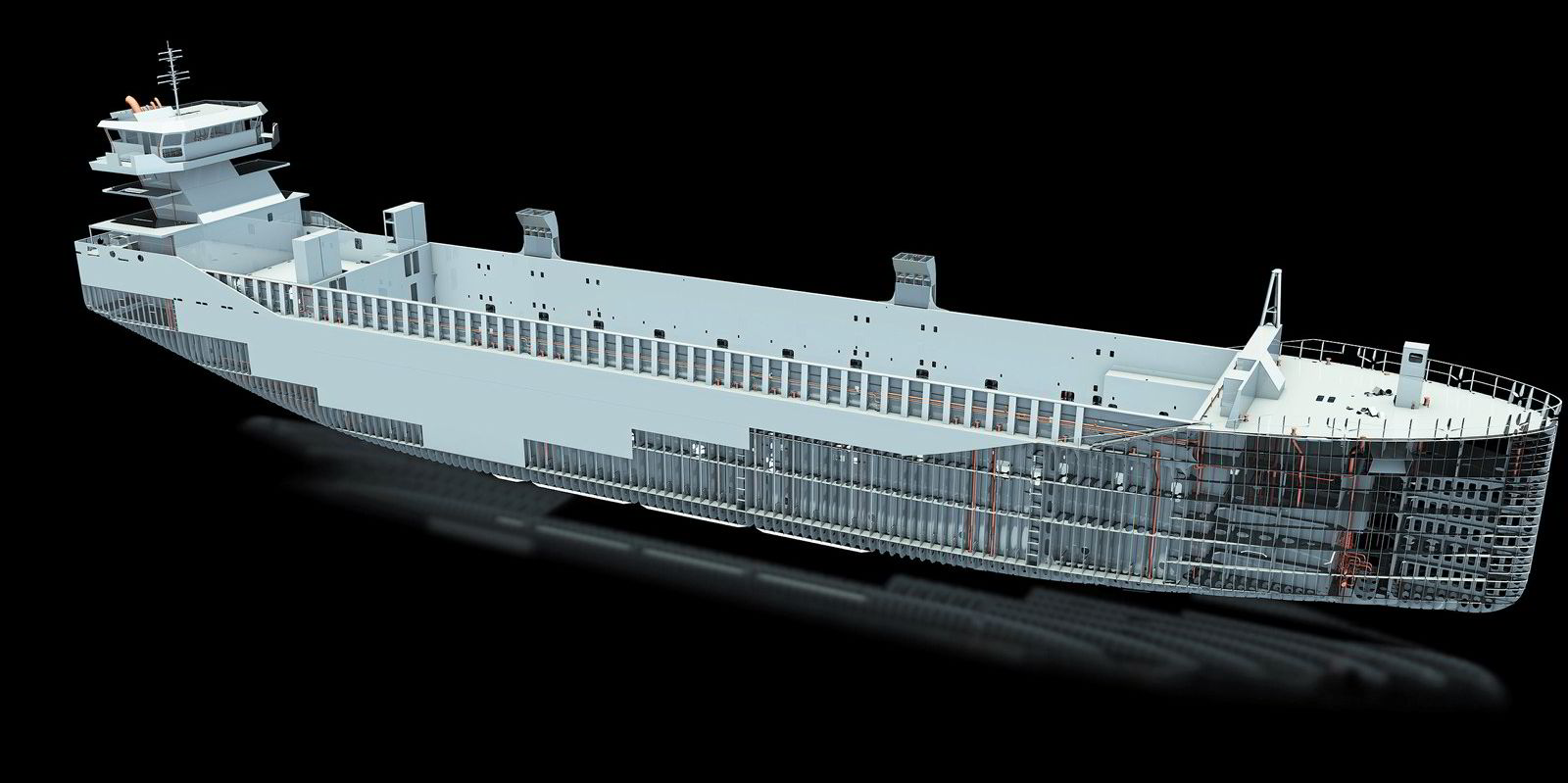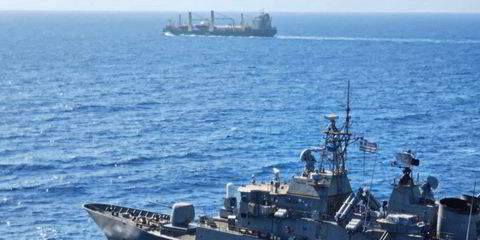Shipowners have begun ordering ships that are set up, at least theoretically, to be easier to move to burning ammonia at some point in the future.
But with so little clarity about which alternative fuels will work best — or when they or the engines to burn them will be readily available — what exactly are they getting?
Last month, tanker owner Euronav said it is working with shipbuilder Hyundai Samho Heavy Industries on a design to make recently ordered LNG-ready VLCCs also prepared for ammonia as a fuel.
It selected a design for two 300,000-dwt ships that chief executive Hugo De Stoop said would have deck areas marked out for strengthening to take future potential bunker tanks for either fuel and pathways mapped out for a gas supply system, which would require double walling for ammonia.
It does not sound like huge progress.
But in recent weeks, Bureau Veritas has drawn up an ammonia-prepared notation to certify that newbuildings are designed and built to be converted to use the low-carbon fuel.
The French class society says its notation targets the spaces and structural components that will accommodate future ammonia fuel tanks, fuel-handling equipment and ammonia vapour treatment installations.
The notation, developed in collaboration with ship operators, equipment makers, designers and shipbuilders, also covers specific requirements for converting engines and boilers to ammonia.
This year, Greek owner Avin International ordered an ammonia-ready suezmax tanker due to be delivered by China’s New Times Shipbuilding in 2022. It will be “the first ammonia-fuel ready vessel in the world”, US class society ABS claims.
The first of three such ships designed to run on conventional fuels, it will comply with the ABS ammonia-ready level-one requirements.
Requirements for gas and low-flashpoint fuels such as ammonia state that tanks need to be designed for temperature and/or pressure control if ammonia is stored in a refrigerated condition. This is because it evaporates and generates boil-off gas due to heat gain, which increases pressure in tanks.
As ammonia has a lower energy density than fuel oil, changes in vessel arrangement are probably needed for larger ammonia tank and containment systems, ABS adds.
Deluge systems, personal protective equipment, independent ventilation for ammonia spaces, emergency extraction ventilation and closed fuel systems may also be required.
Engine maker Wartsila warns that nickel and copper found in seals, gaskets, valves and electrical components would corrode quickly once exposed to ammonia, as would most elastomers.
Houlder’s newbuild and vessel conversion director, Jonathan Strachan, says ammonia engines have greater obstacles to overcome than for methanol. Ammonia slip can result in unreacted fuel emitting the greenhouse gas nitrous oxide, he says. Catalytic reduction at the exhaust point is needed.
And ferry and cruise operators are unlikely to want to burn a fuel that requires passengers to use breathing apparatus in an emergency.
There is still much to do to make ships ammonia-ready.






